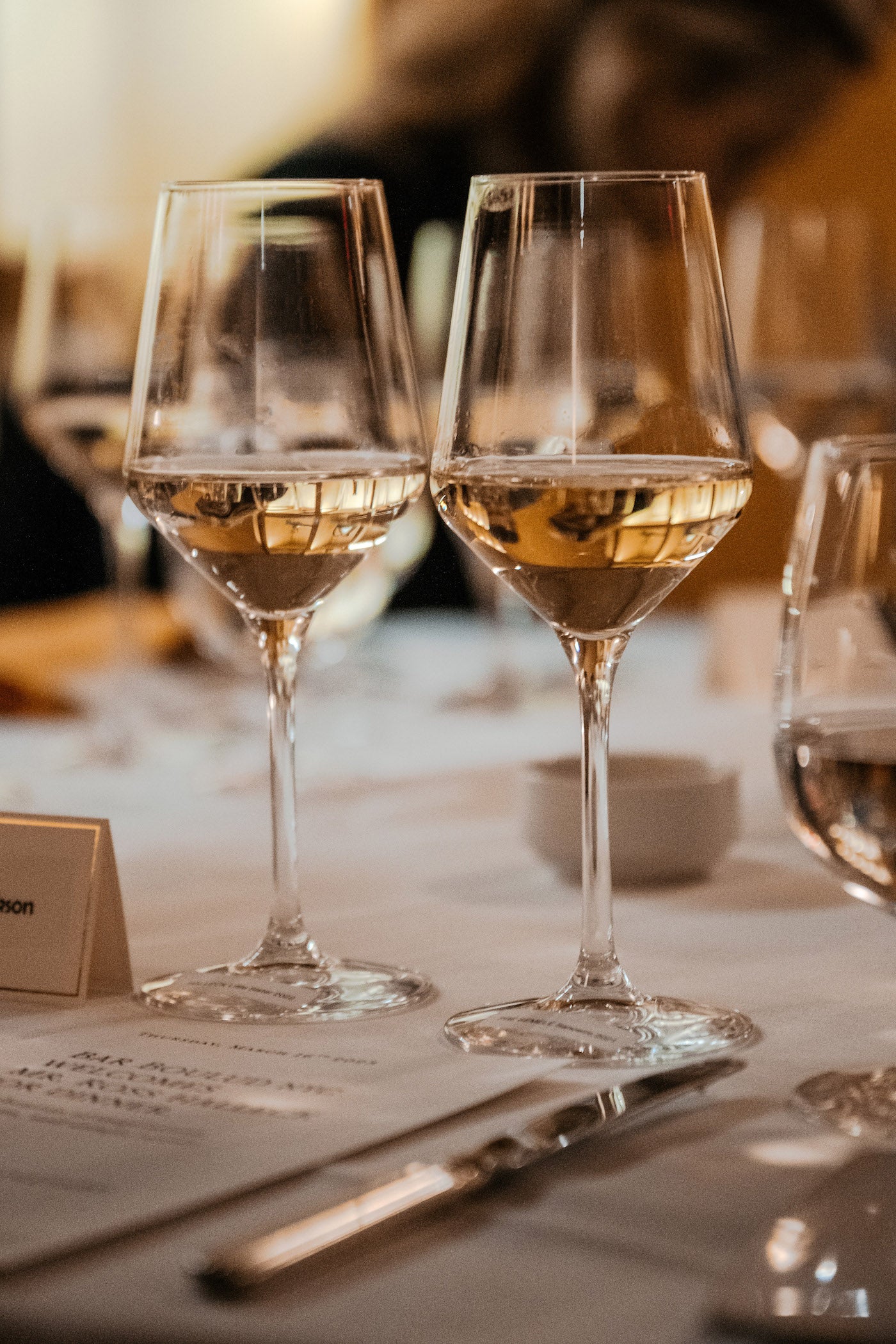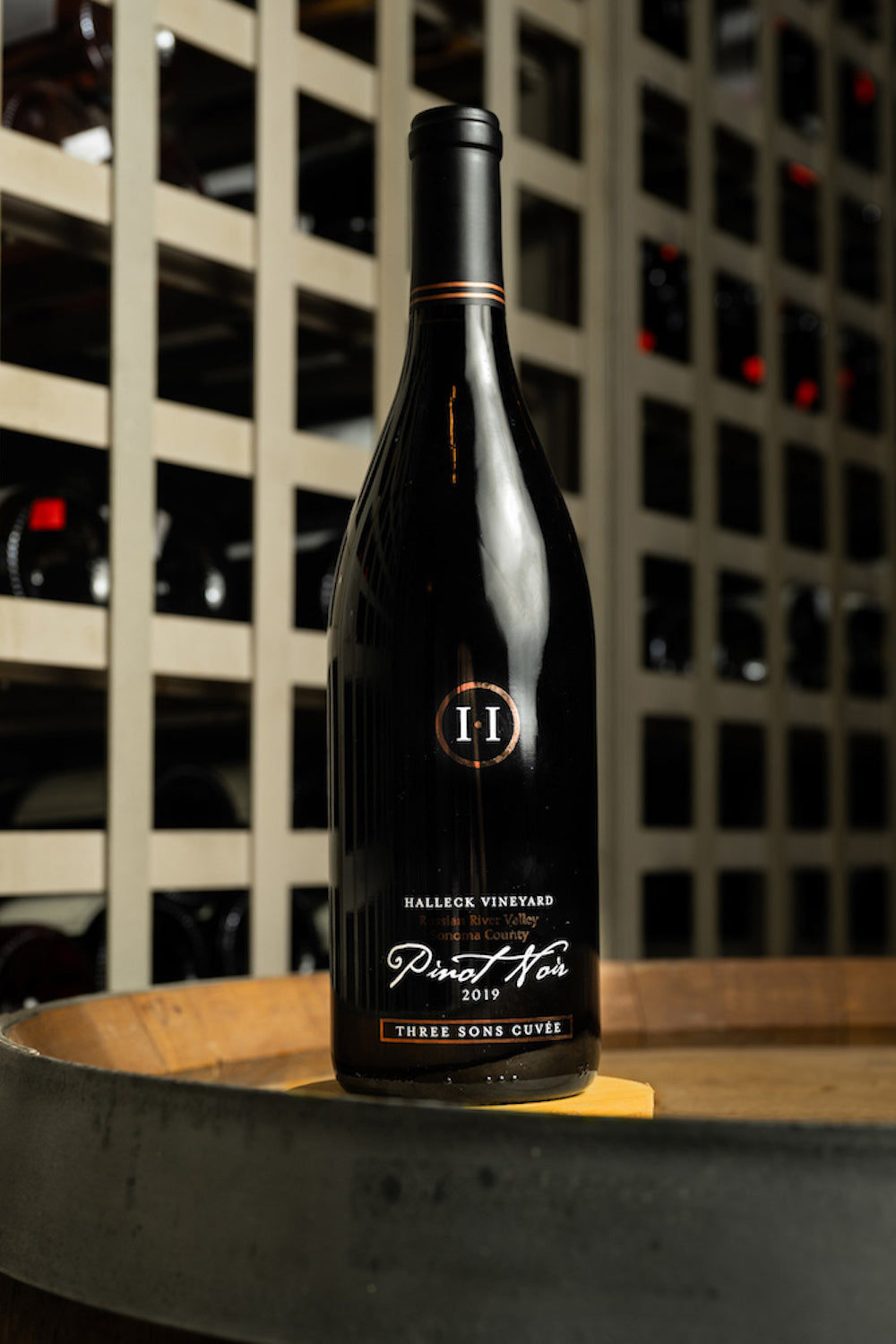Intimate Wine Tasting Experiences In Sonoma - Wineries To Visit
Wine tasting is an art that requires practice and an understanding of assorted elements concerned within the process. One crucial component of wine tasting is the event and interpretation of tasting notes, which function a guide for each novices and seasoned connoisseurs. A Guide To Understanding Winery Wine Tasting Notes can enhance your wine-tasting experience, making it extra significant and enjoyable.

Tasting notes are concise descriptions that capture the essence of a wine’s flavors, aromas, and overall character. Often composed by professional tasters, winery tasting notes offer insights into the nuances of various wines. They may help wine enthusiasts understand what to expect from a specific bottle. Nonetheless, tasting notes can vary extensively in style and element primarily based on the writer's experience and palate.
Cultural Wine Experiences In Sonoma County - Sonoma Wine Culture
When you first strategy a glass of wine, your senses will begin to have interaction right away. The sight, odor, and style of the wine will converge to give you an entire experience. Tasting notes generally start with the visible assessment, the place the color of the wine is taken under consideration. Color performs a major position in indicating the wine’s age, grape variety, and even its flavor profile.
After assessing the visual facet, the next step includes swirling the wine in the glass. This action aerates the wine, permitting its aromas to awaken. Smelling the wine offers critical perception into its complexity. The initial sniff can ship a flood of scents that may embody fruity, floral, herbal, or earthy notes. This is often essentially the most subjective part of tasting, as particular person experiences can dramatically differ.
In winery tasting notes, descriptors are often categorized into main, secondary, and tertiary aromas. Primary aromas normally stem from the grape variety, secondary aromas derive from fermentation processes, and tertiary aromas come up from aging. Understanding these categories may help you appreciate the depth of a wine, and so they also give you the vocabulary to specific your experience better.
Charming Wineries With Views In Sonoma Valley - Discovering The Vineyards Of Sonoma County
Following the olfactory encounter, your focus will shift to the taste of the wine. This is the place the first characteristics—sweetness, acidity, tannins, alcohol—come into play. Tasting notes typically element these flavors in a number of dimensions, including the preliminary attack in your palate to the lingering finish in your tongue. A high-quality wine will present a harmonious balance between these components.
While tasting, it is essential to ponder the body of the wine, which may be described as light, medium, or full. The physique contributes significantly to your overall impression, helping you contemplate how the wine pairs with food or whether it stands alone as a sipping wine. Balancing the physique with the other traits will present you with a fuller understanding of what the wine has to supply.
The finish of the wine, additionally known as the aftertaste, is one other crucial facet often included in tasting notes. A lengthy, pleasant end usually indicates a higher high quality wine, whereas a brief or cloying aftertaste could recommend in any other case. Evaluating the finish can supply additional perception into the wine's complexity and distinction.
Understanding the context of winery tasting notes is also priceless. Tasting notes can present contextual details about the vineyard's location, climate, and grape-growing practices. This context provides one other layer of appreciation for the wine, permitting enthusiasts to connect the sensory experience with its origins, thus enhancing the enjoyment additional.
Unique Wine And Food Pairings In Sonoma - Enjoying Wine In Sebastopol
Many wineries present tasting notes on their websites or labels, typically written in an approachable but informative style. Nonetheless, not all winery tasting notes are created equal. Some could additionally be overly technical, whereas others would possibly prioritize advertising flair over insightful evaluation. Studying to navigate these notes can arm you with the information to make informed choices when deciding on wines.
Collaborating in tastings at wineries also can deepen your understanding of wine tasting notes. Interacting with knowledgeable workers may give you a more hands-on method to click here for info exploring completely different wines and the language used to describe them. Wineries With Educational Tours In Sonoma. You Will have the chance to ask questions, interact in discussions, and doubtlessly refine your palate in real time.
Experimentation is important for mastering wine tasting notes. As you sample different wines, strive making your personal notes. Focus on describing the wine’s colour, aroma, taste, and finish. Over time, you’ll develop a private vocabulary that resonates together with your sensory experiences. Each note you create will assist refine your palate, permitting you to appreciate wines at a deeper stage.
Rustic Family-Owned Wineries In Sebastopol - Sonoma Vineyard Tours
In conclusion, a Guide To Understanding Winery Wine Tasting Notes offers a comprehensive framework for diving into the world of wines. It equips you with the strategies and language necessary to articulate your experiences. Whether you are a informal drinker or a devoted aficionado, understanding and utilizing tasting notes can profoundly influence your wine journey. This information not solely enhances your enjoyment but in addition connects you deeply with the rich narratives every bottle tells. By embracing this journey, you become part of the attractive mosaic of wine culture, the place each sip unveils a model new story ready to be discovered.
- Wine tasting notes typically encompass quite lots of sensory descriptions, including aroma, flavor, acidity, physique, and finish, permitting tasters to fully respect the wine's traits.
- To enhance your understanding, familiarize your self with common wine terminology corresponding to "tannins," "oakiness," or "terroir," which can help decipher the notes more effectively.
- A systematic strategy to tasting involves first visually assessing the wine's shade and clarity, followed by swirling to release aromas, then inhaling and describing what you experience.
- Taking notes during tasting can help identify patterns over time, improving your palate and making it easier to recall preferences for future selections.
- Don't overlook the influence of food pairings; tasting notes can differ greatly when a wine is loved with complementary flavors, altering notion and pleasure.
- Pay consideration to the wine’s vintage, as weather conditions in a given 12 months can considerably affect the ultimate product, including another layer to the tasting notes.
- Consider the winemaker's style and philosophy, which might shape the wine's profile and impact how its notes evolve with each sip.
- Working Towards with different grape varieties can broaden your vocabulary; every kind brings distinctive traits that can enhance your capacity to articulate tasting notes effectively.
- Engaging with wine professionals or attending tasting events can present priceless insights, providing a richer context for understanding personal tasting notes.
- Bear In Mind that tasting is subjective; individual preferences and experiences will form one’s interpretation of the identical wine, enriching the general enjoyment of wine exploration.
What are wine tasting notes?
Wine tasting notes are descriptive comments made by tasters about the look, aroma, style, and finish of a wine. They present an overview of the wine's traits and might help shoppers perceive the style and high quality of the wine.
Elegant Wine Tasting Locations In Sonoma - Discovering Sonoma Area Wineries
Why are tasting notes necessary when deciding on wine?
Tasting notes can guide you in choosing a wine that fits your palate. They provide insights into flavors and aromas, helping you to match wines with food or occasions. Understanding these notes enhances your total wine experience.
How ought to I learn wine tasting notes?
(Wineries That Offer Barrel Tastings)
Wineries Showcasing Local Art And Crafts - Sonoma’s Lush Vineyard Landscapes

When studying wine tasting notes, pay consideration to the construction: look for descriptions of color, aroma, flavor, and finish. This will assist you to grasp the wine's profile and decide if it aligns with your preferences.
What terms commonly seem in wine tasting notes?
Common phrases include "tannin" (the structure), "acidity" (the crispness), "physique" (the weight), and varied flavor descriptors like "fruity," "earthy," or "spicy." Familiarizing yourself with these terms can deepen your understanding of wine.
Wineries Ideal For Large Groups - Wine Tasting In Sonoma County

Can I create my own tasting notes?
Yes! Writing your individual tasting notes can enhance your wine tasting experience. Focus on your observations of style, aroma, and different sensory traits. This personal practice may help you refine your palate over time.
How do I identify the aromas in wine tasting notes?
Wineries In Green Valley - Wine Tasting Activities In Sebastopol
To identify aromas, practice smelling a wide range of scents and associating them with wines. Swirl the wine in your glass to launch its aromas, then take a second to breathe in deeply earlier than identifying visit this web-site any prominent scents.

What is the difference between professional and private wine tasting notes?
Professional tasting notes could use more technical language and particular terminology, whereas personal tasting notes are subjective and reflect individual experiences. Each are valuable for understanding and enjoying wine, however personal notes could resonate more together with your distinctive tastes.
How can tasting notes improve my wine appreciation?
Wineries With Unique Gamay Wines - Wine Tours And Tastings In Sebastopol
Tasting notes can enhance your appreciation by helping you to understand and articulate the complexities of wine. They encourage mindful tasting and provide a framework for comparing different wines, leading to a richer enjoyment of the beverage.
Are there any apps or instruments to assist with wine tasting notes?
Sure, there are several apps designed to help users record and organize their tasting notes. These instruments usually provide options like flavor wheel guides and wine database searches, making it easier to track your journey through different wines.